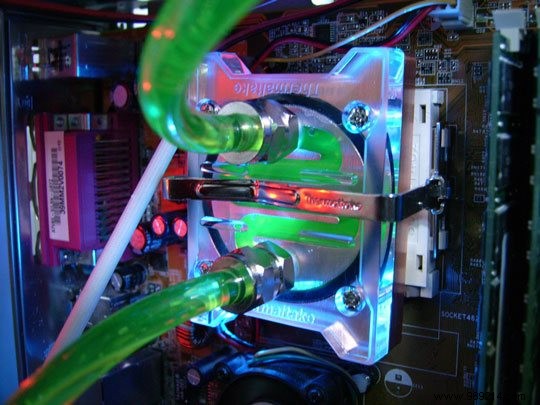Overclocking is a very popular term used in the world of PC building, but what exactly is it? If this is a fast and free way to speed up your PC, why aren't all users doing it?
Contents Overclocking Basics Advantages of Overclocking Disadvantages of Overclocking Final ThoughtsSimply put, overclocking is pushing your computer's components faster than the manufacturer intended. Although most commonly the CPU and GPU are overclocked, other components can also be overclocked. Literally, you are speeding up the clock speed. Clock speed is measured in hertz. This is why there is a difference in speed between an Intel i5 1.4Ghz processor and an Intel i5 2.7Ghz processor, for example. Even though they are both dubbed "Intel i5", they have different clock speeds. One can essentially acquire a low-end, cheaper processor and then overclock it to achieve faster speeds. But is it really an interesting modification for the average consumer?

The BIOS can be a messy place if you don't make changes to your PC often. One wrong move can severely damage your PC and render it unusable. If you are unsure of the reason for the poor performance, consider upgrading the RAM or cleaning your PC. Overclocking shouldn't be the first consideration for a faster PC.
When starting a PC build, it's best to approach the project with the mindset of buying the right processor for the job. Unfortunately, some will buy an under-capable CPU knowing how to overclock it. However, if you're just trying to get a little extra power out of your PC, CPU overclocking might be the right path for you. You just need to know the ins and outs of BIOS, be patient, and be willing to learn how to do it on your specific PC.